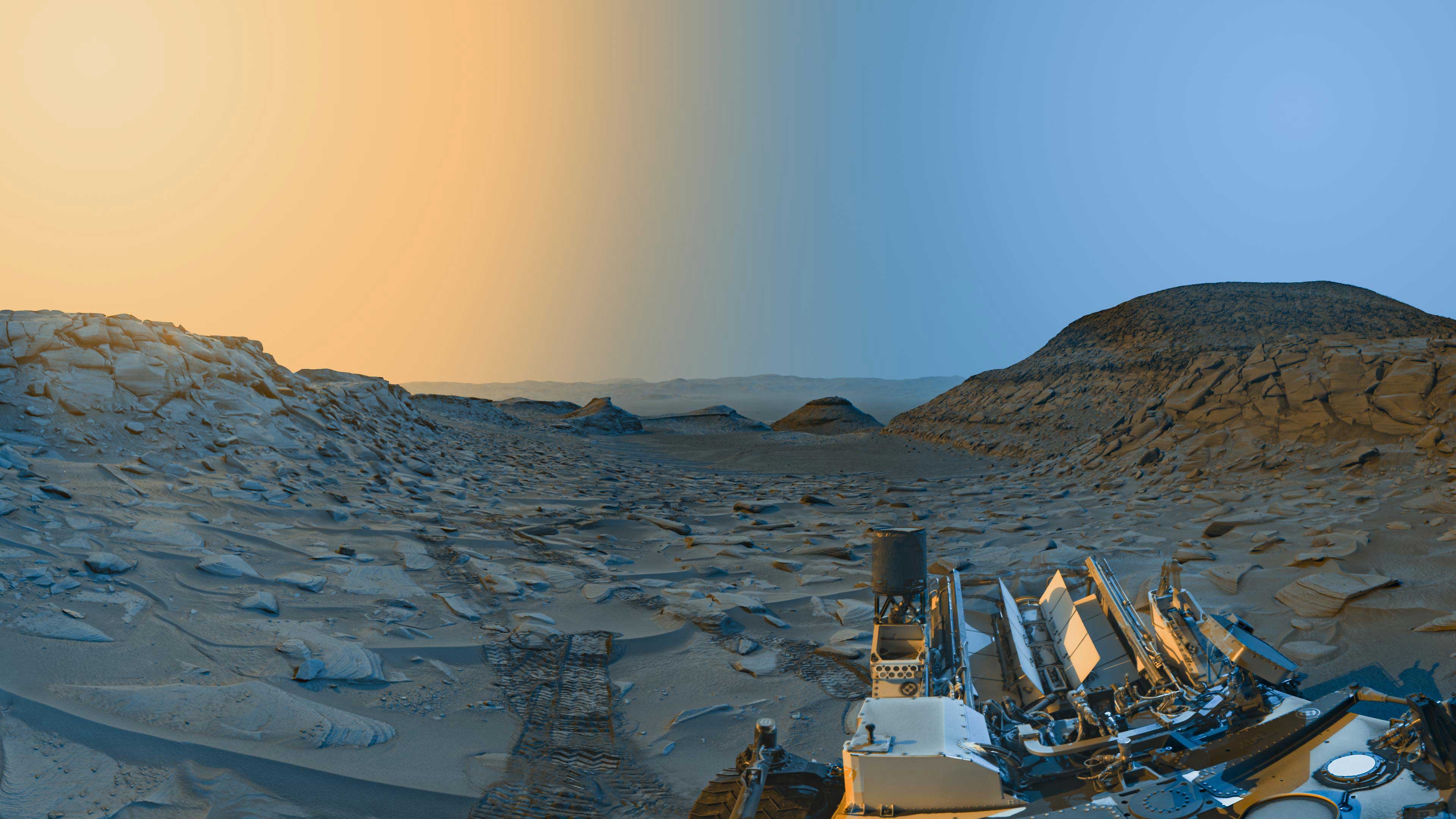3 min read
Geological Society of America
Boulder, Colorado
Contact:
Ann Cairns, Director of Communications and Marketing
acairns@geosociety.org, 303-357-1056
Written by Kara LeBeau, GSA Staff Writer, with Susan Sakimoto
GSA Release No. 01-54
In their search for water and possible life on Mars, scientists are turning to new data generated by the Mars Orbiter Camera (MOC) images and Mars Orbiter Laser Altimeter (MOLA) topography from the Mars Global Surveyor (MGS) spacecraft.
The Elysium and Amazonis Planitia regions of Mars have come under particularly intensive study because of their recently proposed young ages (10-100 million years ago or less). Several different recent studies have respectively shown that: some of the volcanic flows were likely emplaced over ice-rich ground; at least one flow originated from the long rift-type vents of the Cerberus Fossae; and recent floods also originated from the vent system, perhaps depositing water in the shallow subsurface for later volcanic flows to interact with.
But the capstone of this work is the discovery by NASA/Goddard Earth Science and Technology Center scientist Susan Sakimoto and colleagues that the new data reveals regionally extensive lava eruptions from the same vent system as the water. While earlier data hints at this conclusion, Sakimoto's evidence provides the strongest support yet that these volcanic and hydrologic events indeed are both young and related in origins, and could perhaps still occur on Mars in the future.
Sakimoto will present these findings on Thursday, November 8, at the Geological Society of America's annual meeting in Boston.
"Based on the convergence of fluvial and volcanic features in the topography, evidence for their interaction, their interlinked deposits, flow model results of the eruption rates, and the episodic nature of the eruption style and their youth, it is clear to us that the potential for continuing eruptions in the NEXT several tens of million of years ought to be good," Sakimoto said. "These are absolutely beautiful examples of plains volcanism! The ramifications include a potential for ongoing thermal and water sources for sustaining or starting an environment compatible with life into recent Martian geologic time (and possibly into the present) and enhanced understanding of the plains- style eruption type in a slightly different planetary environment."
CONTACT INFORMATION
During the GSA Annual Meeting, November 4-8, contact Ann Cairns or Christa Stratton at the GSA Newsroom in the Hynes Convention Center, Boston, Massachusetts, for assistance and to arrange for interviews: (617) 954-3214.
The abstract for this presentation is available at:
http://gsa.confex.com/gsa/2001AM/finalprogram/abstract_25349.htm
Post-meeting contact information:
Susan E.H. Sakimoto,
Code 921, Geodynamics Branch
UMBC, Goddard Earth Sciences and Technology Center
NASA/Goddard Space Flight Center
Greenbelt MD 20771 USA
Phone: 301-614-6470
Fax: 301-614-6522
E-mail: sakimoto@core2.gsfc.nasa.gov
Ann Cairns
Director of Communications
Geological Society of America
Phone: 303-357-1056
Fax: 303-357-1074
E-mail: acairns@geosociety.org







